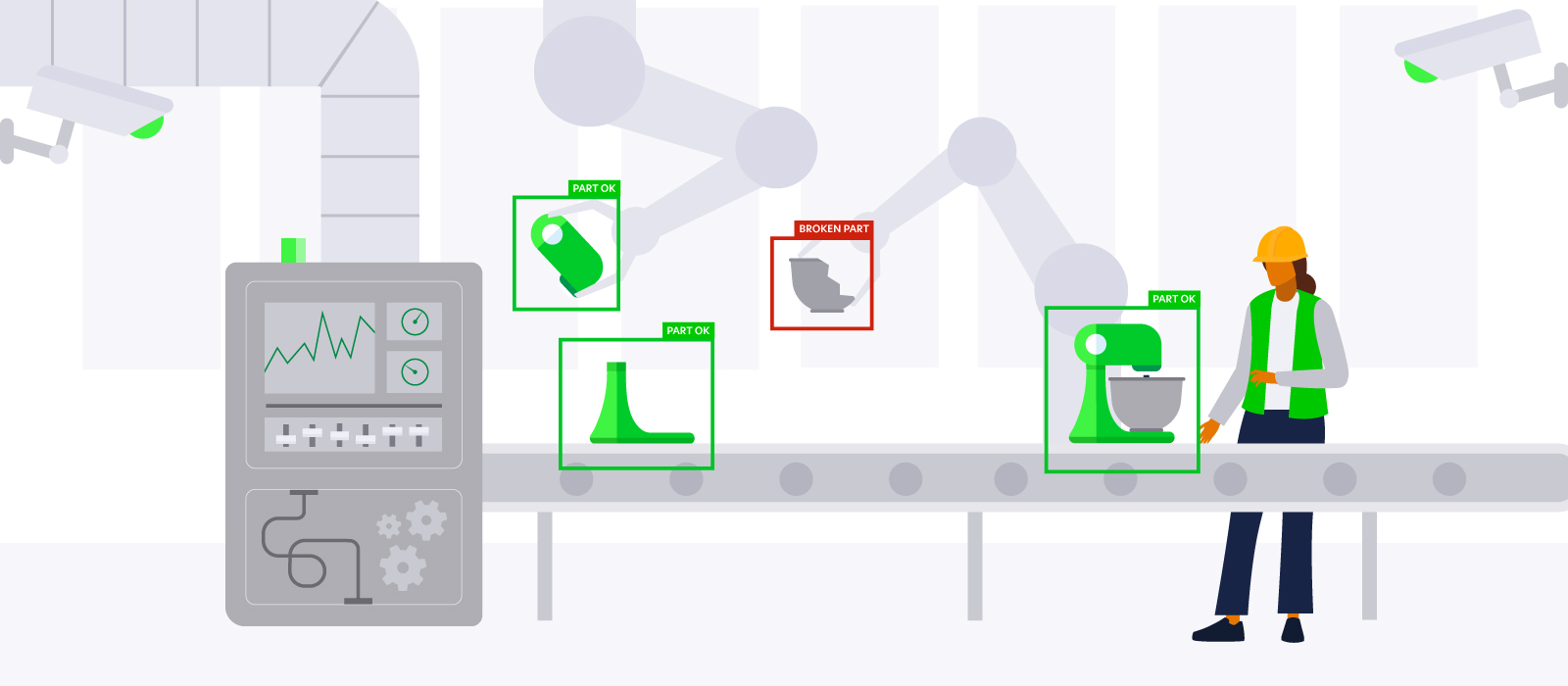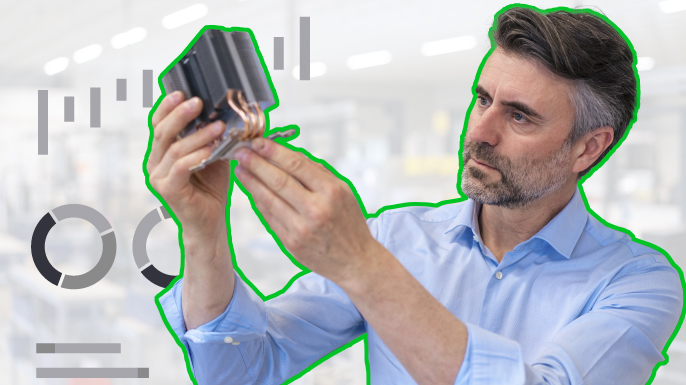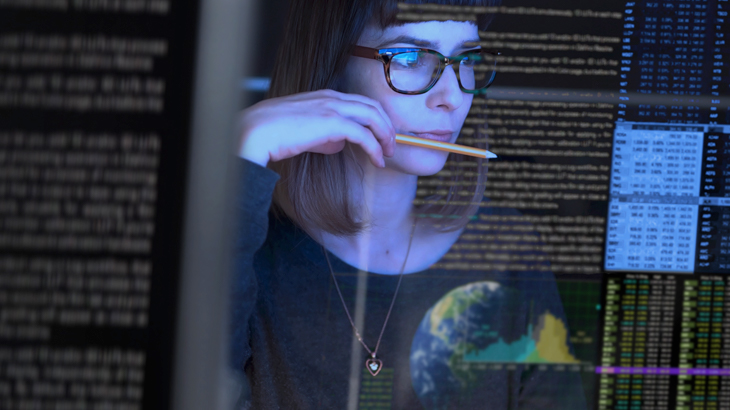Find the best camera for your visual inspection needs
Discover why manufacturers opt for cutting-edge cameras for error-free inspections and high-quality visual data.

Which camera is right for your visual inspection needs?
There’s no substitute for reliable, high-accuracy inspection technology. As skilled and efficient as professional inspectors may be, errors are inevitable, and some inspection procedures simply can’t be effectively performed within the limits of human anatomy.
Modern visual inspection cameras provide consistent, high-quality visual data for diagnostic and quality control purposes. Industries as diverse as plumbing and manufacturing can benefit from the broad range of applications, using specialized cameras for any nuanced inspection process.
What are visual inspection cameras?
Visual inspection cameras are used to obtain visual data so that professional inspectors or automated inspection systems can readily identify defects, irregularities, or other visual diagnostics relating to the condition of a part, product or asset.
These cameras come in different forms. The most common type of camera associated with inspection is the borescope, also known as a snake camera. These long, tubular cameras are primarily used for inspecting tight spaces, particularly in pipe inspection for plumbing and power generation. Industrial borescopes are composed of an elongated, flexible body with a camera module mounted to the end of the unit.
Alternatively, a visual camera system can consist of stationary units within production lines and manufacturing equipment. These digital cameras are typically connected to an artificial intelligence system using computer vision to assess the physical state of parts or products. Mounted visual inspection camera systems are concerned with the exterior appearance of a given object but may leverage ultrasonic or radioscopic technology to analyze interior spaces.
In a broad context, any camera device used to aid in visual analysis can be used for inspection purposes and can be as technologically advanced as the user's inspection needs dictate.
Visual inspection camera features
The features of a particular camera system can differ depending on the camera type and the application for which it’s used. Still, most professional charge-coupled device (CCD) cameras have a few common traits.
Superior image quality is the most important feature to look for. Most professional digital inspection cameras are outfitted with high-resolution capabilities to detect even the smallest defects. These cameras detect a wider range of colors and dynamic light differences than the human eye.
A camera system may come equipped with its own lighting. LED lights embedded around the camera module can ![]() provide greater clarity and environmental analysis.
provide greater clarity and environmental analysis.
In the case of pipe inspection cameras, a flexible, snake-like body is a key feature. The bendable unit can weave through even the most claustrophobic and compact conditions, making it an invaluable asset for interior inspections.
A camera system in manufacturing relies on sophisticated machine vision technology to achieve ![]() objectives. Smart cameras supported by deep learning software can verify proper label placement, rapidly count items, and pinpoint even the smallest irregularities or contaminants in parts and products.
objectives. Smart cameras supported by deep learning software can verify proper label placement, rapidly count items, and pinpoint even the smallest irregularities or contaminants in parts and products.

Specifications
Camera specifications may be more appropriate for one process than another. The specs of a borescope must prioritize the use in confined spaces, while inspection specifications for production and manufacturing need to capture the highest quality images possible.
- Aperture
- Sensor size
- Auto exposure
- Zoom type
- Focal length
- Number of megapixels
- Rigidity/flexibility
Applications
Visual inspection cameras have a variety of practical applications. The production camera systems alone are useful in virtually any conceivable manufacturing process and allow for easy integration into existing operations. Such a camera system is useful in pharmaceutical labeling, measuring the dimensions of parts on a microscopic level, and checking the integrity of tamper-evident packaging.
Video borescopes outfitted with a robotic crawler can be used as much for exploratory purposes as diagnostic inspection. Pest control professionals may use snake cameras to safely gauge the layout of an active nest or tunnel system. Law enforcement officials can use remote visual inspection cameras to analyze the interior of a vehicle without risking physical danger.
Documentation
The visual data garnered from a modern camera system is only as good as the ability to document it. Simple SD memory cards are often sufficient to store photos and videos recorded by borescope cameras. Diagnostic measurements can be made and easily saved to a hard drive or cloud storage in conjunction with compatible software. Many snake-style cameras and endoscopes now have their own proprietary documentation systems to track and analyze data.
Systems outfitted with smart cameras track visual information in real-time and collect their findings in a centralized database. More data can be harvested and repurposed as needed, and depending on the software, reports can be automatically generated.
Traditional manual inspections are limited in their capabilities. With the right camera, conventionally difficult inspection tasks can be easily performed in various environments. Precise visual information can be relayed in an instant, and once impossible microscopic measurements can be calculated and documented.
FAQs
What does an inspection camera do?
Visual inspection cameras obtain visual data so that professional inspectors or automated inspection systems can find defects, irregularities, or other visual diagnostics relating to the condition of a part, product or asset.
What is the visual inspection system?
Visual inspection systems use image-based inspection practices to provide automated quality assurance in various manufacturing applications. Using machine learning technology, visual inspection systems can understand issues unique to a production process and easily recognize irregularities.
What is a borescope camera?
A borescope, also known as a snake camera, is a long, tubular camera device primarily used for inspecting tight spaces. Industrial borescopes are composed of an elongated, flexible body with a camera module mounted to the end of the unit.


